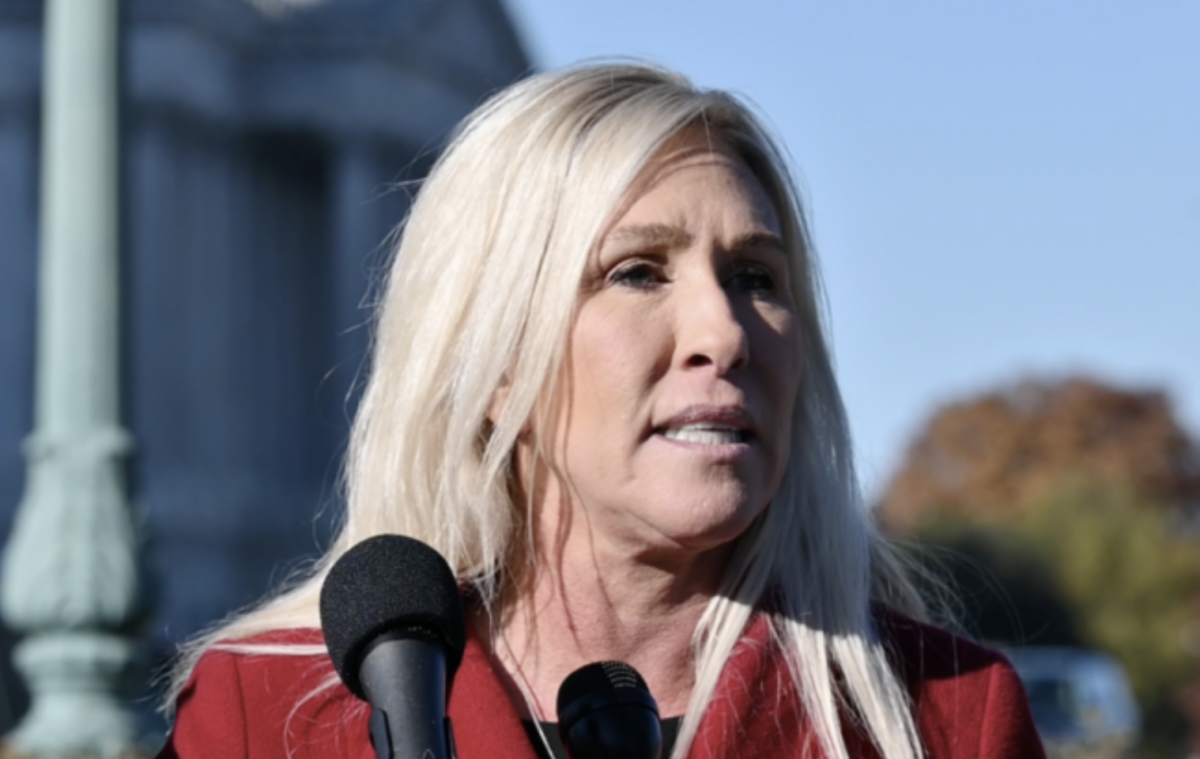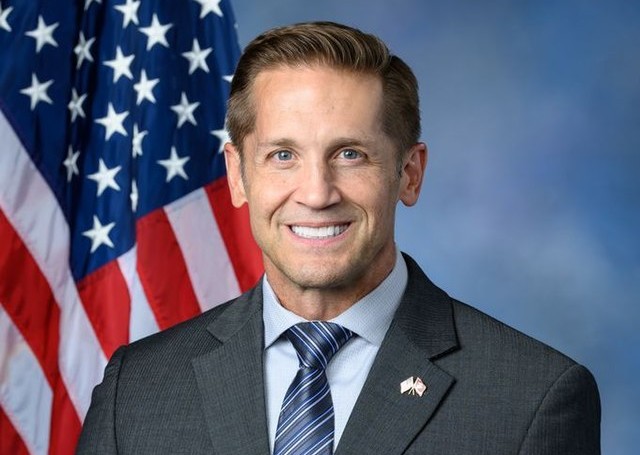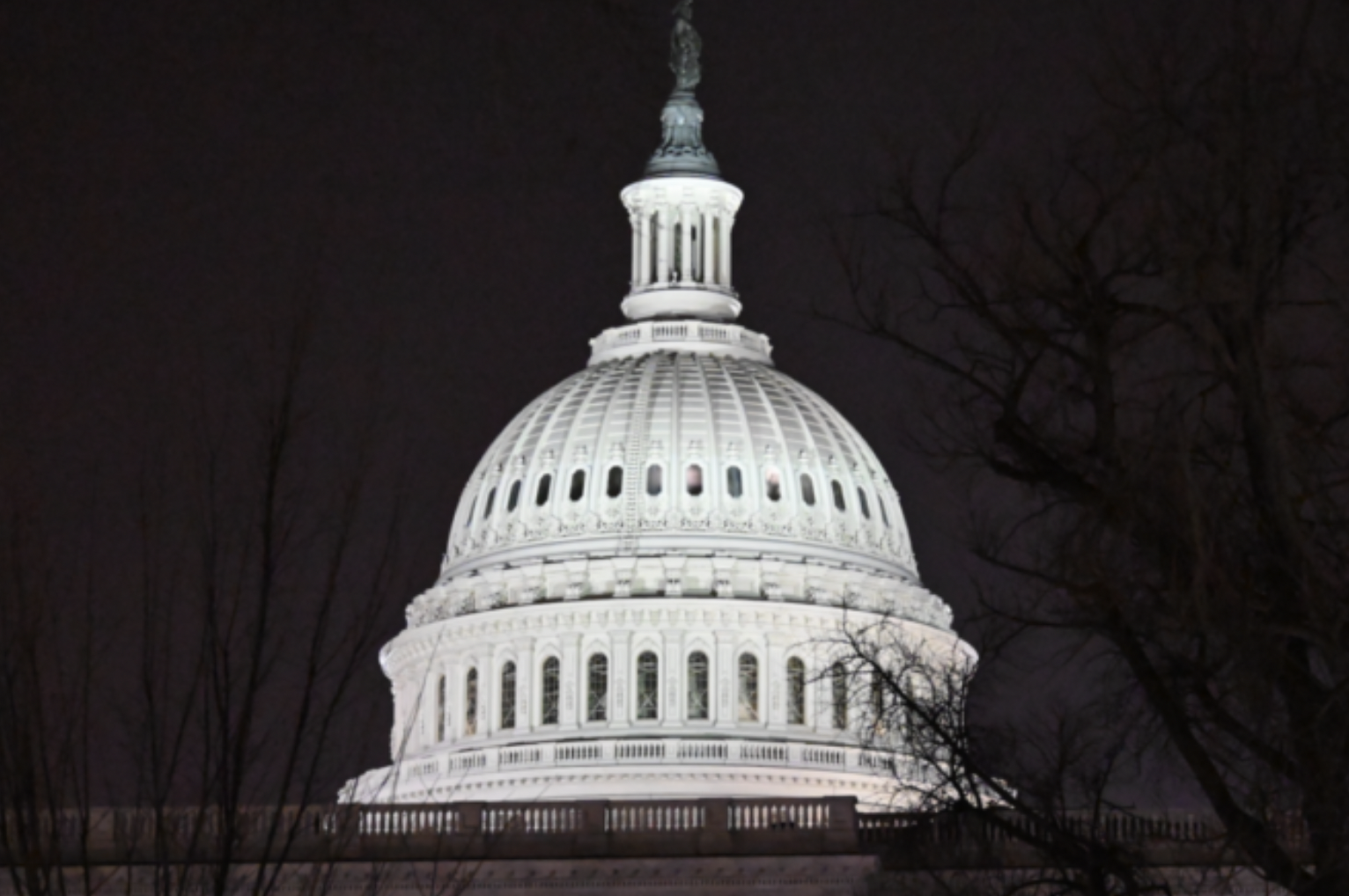Both wings of the Georgia General Assembly passed bills focusing on young Georgians and their education. The House Education Committee and the Senate Youth and Education Committee passed a number of different bills.
The Senate Youth and Education Committee was first and started with House Bill (HB) 307. This bill includes provisions on students who are at risk of not achieving grade level reading proficiency due to dyslexia
HB 307 cleans up outdated language used in the law that does not align with new scientific standards. It passed unanimously to the Rules Committee.
The second to be passed was HB 371. This bill increases the state's maximum authorization of capital outlay funding from $300 to $375 million.
The committee concluded with Senate Resolution 237. It urges the Professional Standards Commission to provide recommendations for how to support the state's education workforce and teacher pipeline. The resolution passed unanimously.
The House Education came second and began with Senate Bill (SB) 236. This bill allows certain students whose parents or guardians are on active duty to be eligible for enrollment in the public school of the attendance zone in which they intend to reside. It passed to the Rules Committee.
SB 63 came second and it passed after a long discussion. It requires local school systems to offer certain exams to home study students. The exams can be for advanced placement or for military enrollment.
The third to be passed was SB 82. This bill addresses state charter school accessibility by holding them accountable for not accepting high quality applications.
One of the most important to be passed was SB 123 which concerns chronic absenteeism. The bill revises some of the language in the existing law, such as changing the term “parent” so that it includes anyone identified as a guardian. . This revision would allow for the law to be more properly enforced.
The final bill passed was SB 93 concerning literacy rates in schools. The bill prohibits the three-cuing system from inclusion in high-quality instructional materials or structured literacy. The purpose of this is to align reading instruction with more scientific standards.















